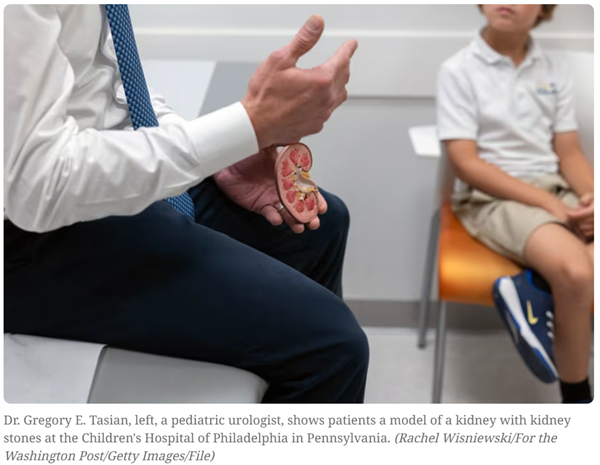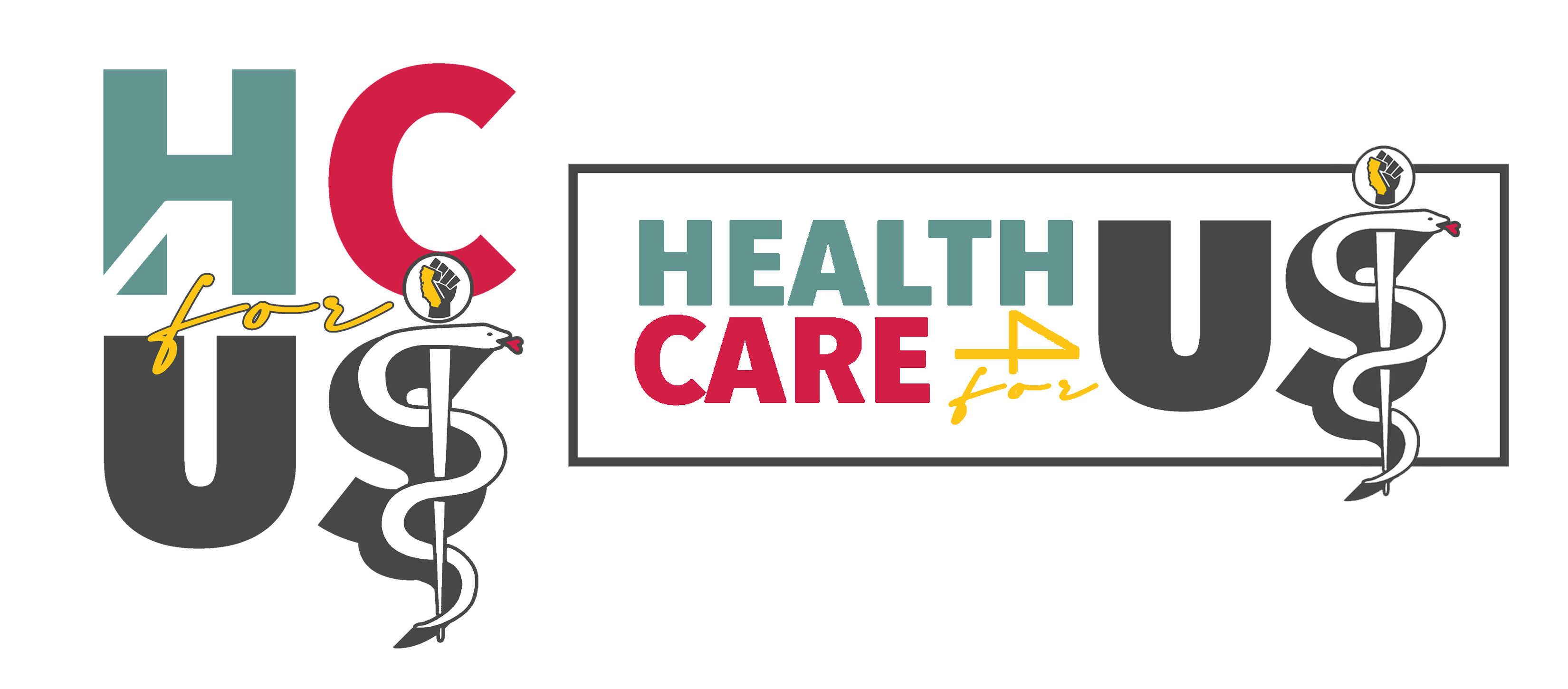US children are much more likely to die than kids in similar countries, study finds
By Jen Christensen
July 7, 2025
 American children’s health has declined profoundly over the past few decades, a new study shows, and the issues are so serious that children in the US are dying at a much higher rate than those in similar high-income countries.
American children’s health has declined profoundly over the past few decades, a new study shows, and the issues are so serious that children in the US are dying at a much higher rate than those in similar high-income countries.
What’s particularly frustrating is that the bulk of the health problems are avoidable, said Dr. Chris Forrest, co-author of the study published Monday in the journal JAMA. There isn’t a genetic defect unique to American children and it’s not about socioeconomics within the United States, he said: The results were applicable to the total pediatric population.
“I think we all should be disturbed by this,” said Forrest, a professor of pediatrics at Children’s Hospital of Philadelphia and director of the Applied Clinical Research Center. “Kids in this country are really suffering.”
From 2007 to 2022, children ages 1 to 19 were 1.8 times more likely to die than children in other high-income countries, the study found. The biggest disparities were in deaths from gun violence and traffic accidents; kids in the US were 15 times more likely than their counterparts in other countries to die by firearms and more than twice as likely to die in motor vehicle crashes.
But US children are also sicker because of chronic conditions, Forrest said, and that’s a newer phenomenon. In the ’90s, when he started taking care of children, he said, he hardly ever saw one with a chronic condition. Today, nearly half of children are getting medical care for a chronic health problem, the study says.
The researchers, who analyzed hundreds of millions of health records from five nationally representative surveys and electronic health records from 10 pediatric health systems, found that a child in 2023 was 15% to 20% more likely to have a chronic condition than a child in 2011.
Asthma was the one chronic condition for which rates improved in the studied time period, but it was an outlier. Rates of mental health problems such as depression, anxiety and loneliness increased, as did rates of autism, behavioral conduct problems, developmental delays, speech language disorders and attention-deficit hyperactivity disorders.
Rates of physical issues also increased significantly, including problems with obesity, difficulties with limitations in activity, problems with sleeping and early menstruation. A period before age 12 is associated with immediate health problems including type 2 diabetes, but in the long term, it may also raise the risk of heart and blood pressure problems, studies show.
Chronic conditions were the focus of a recent federal government report from the Make America Healthy Again Commission that said chronic disease had made children “the sickest generation in American history.” That report blamed ultraprocessed food, exposure to chemicals in the environment, pervasive technology use and the overprescription of medicine.
The new study doesn’t pinpoint what’s driving the increase in chronic conditions, but Forrest doesn’t believe it’s just what’s on the MAHA list. Rather, he believes the nation’s entire approach toward caring for children needs to change.
“Our kids are being raised in a very toxic environment, and it’s not just the chemicals. It’s not just the food and the iPhones. It’s a much broader. It’s much deeper. It’s what we call the developmental ecosystem, and it makes it very challenging to change it,” Forrest said. “That’s a hard answer for people who want a pithy message that tells them how to fix the issues. It’s about where they’re growing up, where they’re going to school, they’re playing, where their families live, their neighborhoods, and it’s not just one population. It’s the whole nation that needs…
[READ THE COMPLETE ARTICLE HERE]
